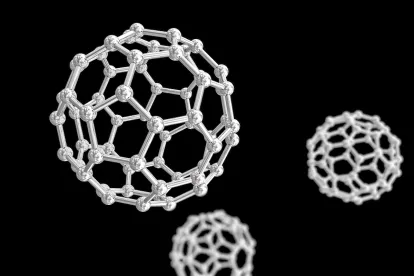As reported in our October 19, 2021, blog item, in 2021, the French Agency for Food, Environmental and Occupational Health and Safety (ANSES) released a scientific guide to assess the risks posed by nanomaterials in food. On December 16, 2022, ANSES announced that the methodology has been “tested” on the food additive E171, titanium dioxide. ANSES states that the test has “confirmed the relevance of [its] methodology and the need for a nanospecific approach.” According to ANSES, the methodology enabled it to calculate exposure levels for different populations and identify several potential health effects. ANSES notes that it was not possible to complete the risk assessment of the additive E171 because some data were missing. Based on its findings, ANSES “reiterat[es] its recommendation to limit exposure of workers and consumers to nanomaterials until their safety can be demonstrated, and avoid the dispersal of these particles in the environment. To this end, the Agency recommends promoting the use of products that do not contain nanomaterials and are equivalent in terms of function, effectiveness and cost.”
ANSES states that it will work with its counterparts, in particular the European Food Safety Authority (EFSA), to advance risk assessment methodologies and harmonize testing protocols for the physico-chemical characterization and toxicology of nanomaterials. In 2018, EFSA published a guide to assessing dossiers on nanoscience and nanotechnologies in applications such as food additives, pesticides, and food contact materials. According to ANSES, although the methodologies developed by EFSA and ANSES are based on similar concepts and risk assessment methodologies, ANSES’ approach proposed specific adaptations related to regulatory definitions of nanomaterials, particle size measurements, dissolution properties, and hazard identification.




 />i
/>i
